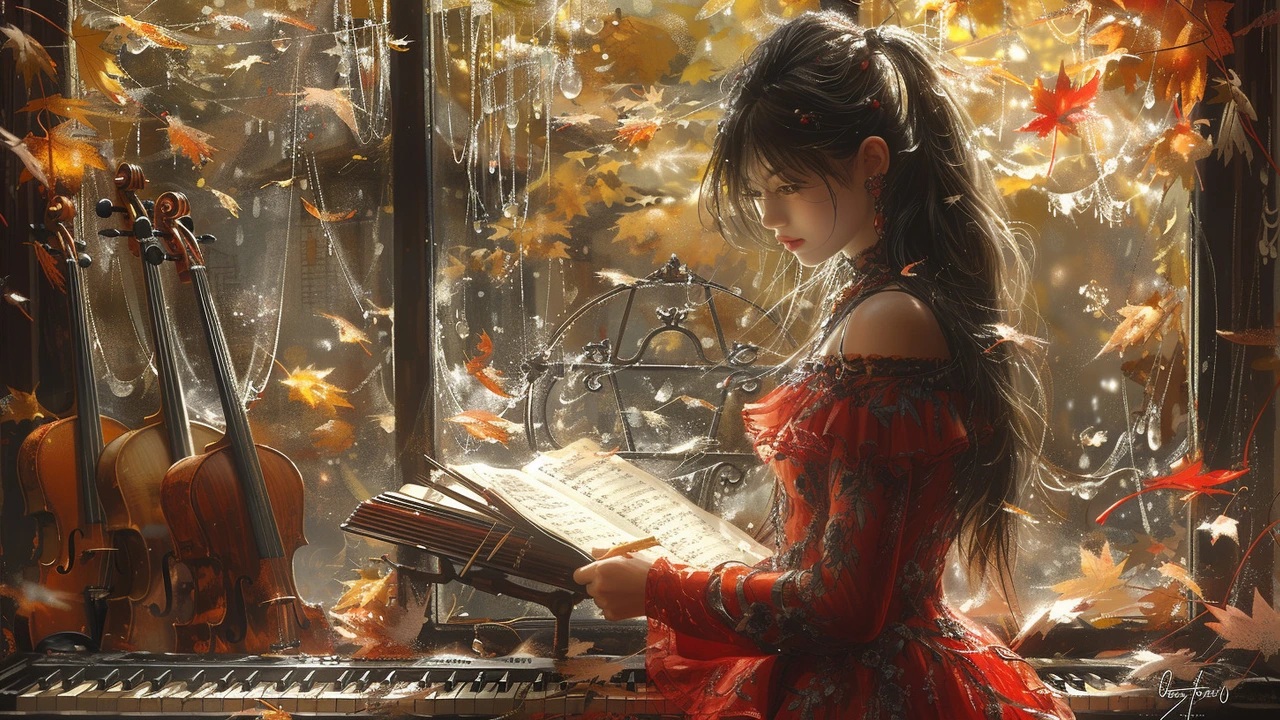Moving to the Rhythm of History: Tracking the Progress of Musical Instruments
If you've ever gotten lost in a sweet melody, swayed to a powerful rhythm, or found yourself entranced by a complex harmony, you know the pull of music. Now imagine yourself, Gracie, travelling back in time, cataloguing the major stops in the evolution of musical instruments, all while existing in the modern cityscape of Melbourne. Let's dive in and discuss how musical instruments have evolved and shaped the way we express creativity. My faithful companions, Max the Australian Shepherd and Skye the Parakeet, will also be alongside us on this journey, both of them avid lovers of music too!
The Dawn of Sonic Expression: Primitive Era
The story of musical instruments begins tens of thousands of years ago. Picture yourself in a stone cave, a fire flickering, casting dancing shadows. Amidst the backdrop of the primitive era, our ancestors carved the first flutes from bird bone and mammoth ivory. Imagine the soothing calls echoed through the wilderness, a sort of primal symphony. One interesting fact is that these instruments were not solely for entertainment—they were communication tools, showcasing humanity's need to translate thought and emotion to sound.
When the Phoenix Sang: Ancient Civilizations and Their Sonic Traditions
As time passed and civilizations flourished, music evolved significantly. Each culture had a distinctive sound, achieved through a distinct array of instruments. There was the timbre of the Egyptian sistrum, the solemn drone of the ancient Greek lyre, and the powerful throb of the Aztec drum. Isn't it breathtaking to think about how these techniques were developed independently in different parts of the world? These instruments, much like today, reflected the heart and soul of their communities.
Oh Drumroll, Please!
Let's give a special mention to the drum, which made its debut way back in 5500 B.C in Mesopotamia. It's exciting to think that an instrument as ancient as the drum still holds relevance in current music. Reflecting on when I tried learning drums, a story comes to mind. True, I won’t be joining a band anytime soon, but the experience deepened my appreciation for the rhythmic pulse that drums lend to music. Much to Skye's chagrin, however, who preferred the tranquillity of our Melbourne home, not the constant 'thud' and 'thwack' of my amateur drumming!
Melodious Middle Ages: Harmonising the Hymns
Fast forward to the Middle Ages, and the emergence of instruments built not only to delight but also to worship. The majestic organ, the tranquil harp, the enchanting lute—each played a role in spreading the liturgical music of the time. Interestingly, many modern Western instruments, such as the violin and flute, trace their roots to these medieval times. Instrument-making had become an intricate craft, with the ultimate goal of capturing divine beauty in sound.
Renaissance and Beyond: Music Takes Flight
The Renaissance brought in an explosion of creativity that didn't spare the realm of music. The design of the musical instruments became more sophisticated and complex, adding layers to music. Remember the grand piano’s ancestor, the harpsichord? It dominated the music scene during this era, lending a distinctive sound to composition. It's also around this time that the guitar's tradition started, and having tried my hand at guitar playing, I can testify that it's an instrument as versatile as it is timeless.
Brass Beats: Enter the Orchestra
The Classical period blessed us with the orchestra, which I had the chance to witness during my trips to Melbourne's Symphony Orchestra. What a beautiful celebration of harmonious diversity! The introduction of brass instruments --- the trumpet, trombone, and French horn, added a whole new depth to music. Their structure and design might not have drastically changed over time, but the role they play in creating multilayered symphonies keeps evolving.
Modern Marvels: The Digital Symphony
Today, we live in an era of digital music. Think about the synthesizers, the electric guitars, the digital pianos — these are major leaps from our ancestral bone-flutes and primitive drums. And yet, at their core, they are instruments, tools to translate human emotion into the universal language of music. Who knows what musical innovations we'll witness in the future? But one thing's certain: as long as there are emotions to express, there will be instruments to articulate them.
That is the grand story of musical instrument evolution. So next time you hear the strums of a guitar, the keys of a piano, the beats of a drum, or even the chirping of Skye, remember the incredible journey each of these sounds has been on. Expand your understanding, appreciation, and love for the art of music.






